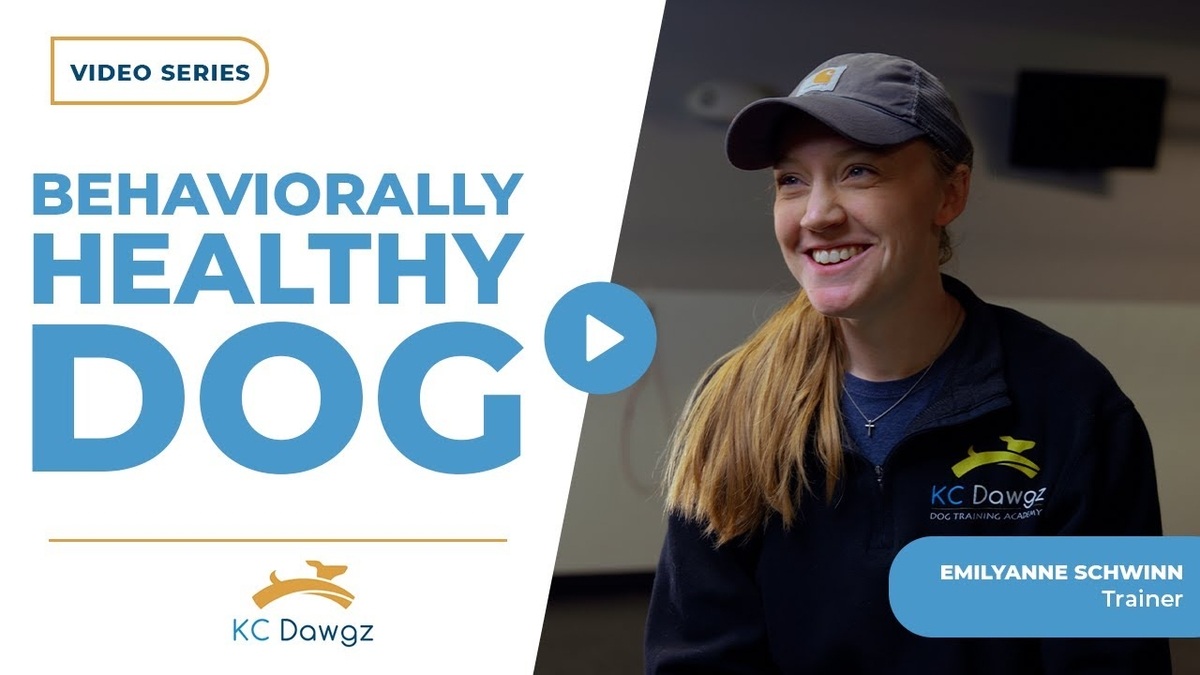Can dog trainers truly guarantee results?
As dog owners, we all want the best for our furry companions, and when we sign up for training, it’s natural to expect success. But the reality is, no dog trainer can offer a guarantee. This isn’t due to a lack of skill or dedication—rather, it’s because we’re working with animals that have their own minds and instincts. In this blog, we’ll explore why guarantees aren’t realistic in dog training and how you can help set your dog up for long-term success.
Understanding Animal Behavior
One of the first things we need to understand is that dogs, like humans, have free will. They aren’t robots that you can program to follow instructions perfectly all the time. A well-trained dog isn’t a dog that never misbehaves—it’s a dog that understands and responds to commands because they’ve learned that it’s beneficial for them to do so. However, if a dog doesn’t want to obey a command at a particular moment, there’s only so much we can do to influence that behavior.
When we train dogs, we use techniques that encourage them to make the right choices. But the dog’s choice is always a factor. For instance, if we’re trying to teach a dog to come when called, we create situations where responding to the command is rewarding for the dog. If the dog decides not to comply, it’s not because the training failed; it’s simply that the dog chose differently in that moment.
No Guarantees in Dog Training
It’s important to understand that there are no guarantees in dog training because we are working with animals. Every dog is different, and their behaviors can vary based on their past experiences, environment, and even mood. Training success depends on many factors, including the dog’s temperament, the consistency of the training, and the owner’s involvement.
At the end of the day, the most any dog trainer can do is set the groundwork for success. Trainers provide the tools and knowledge you need to communicate effectively with your dog. However, it’s essential to remember that dogs aren’t machines—you can’t simply “fix” them with a few commands.
Maximizing Training Effectiveness
So, how can you make the most out of dog training? While results can’t be guaranteed, there are steps you can take to maximize your success. A huge part of that comes down to the owner’s role once the formal training ends. Here are a few key steps to follow:
- Consistency is Key: Continue to reinforce the training commands after the sessions with your trainer. If you stop practicing, your dog may revert to old habits.
- Patience: Keep in mind that change doesn’t happen overnight. Your dog may have spent years developing certain behaviors, and it can take time to retrain them.
- Reinforcement: Make sure that the new behaviors are consistently rewarded, and that you use the same commands and cues the trainer taught you.
The dog training process doesn’t stop when you leave the training facility. It’s a journey that requires ongoing work, and it can take weeks or even months to see lasting changes.
The Role of Communication in Training
Communication is one of the most critical aspects of successful dog training. During the training process, we aren’t just teaching the dog new behaviors—we’re teaching both you and your dog how to communicate with each other more effectively. Dog training is about creating a shared language that both the owner and the dog can understand.
When a dog leaves a training session, they have learned new behaviors and responses, but it’s up to the owner to maintain that communication when they return home. If the dog receives inconsistent signals or commands, it can create confusion, leading to a breakdown in the progress made during training.
Training as a Lifestyle Change
When people ask if dog trainers can guarantee results, it’s important to highlight that training is not a quick fix—it’s a lifestyle change. Your dog’s behavior won’t permanently change after a two-week board and train program if nothing changes in the home environment. The behaviors that were addressed during training must be reinforced at home consistently.
We’re not just giving your dog a temporary upgrade; we’re guiding you through a process that helps create long-lasting behavioral changes. To see real results, you’ll need to commit to maintaining the training regimen long after the sessions have ended. Your home environment and daily interactions with your dog will play a critical role in the overall success of the training.
In Summary
While dog trainers cannot guarantee results, they can provide you with the tools and knowledge needed to communicate effectively with your dog. Success depends on your ongoing effort, patience, and consistency. Remember, training your dog is a long-term commitment and a lifestyle change.
If you’re ready to take the next steps in improving your dog’s behavior, contact us to learn more about how we can help.




